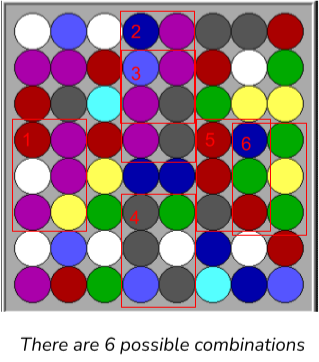According to the Sensor Tower service and some specialised media, the benefits generated by free-to-play smartphone games have decreased. Specifically, spending on the Apple platform is under 2.3%. On Android there was a dramatic decline of 13.8%.
Experts from around the world are also questioning Sensor Tower’s estimation capability. In short, these estimates could be wrong. As a game designer, I have one, single and simple doubt: are free-to-play games for smartphones losing novelty?
Historically, video games have always thought of pushing the limits of graphics and gameplay. If we look at the premium market, with a simple glance we can see how technological progress has supported the evolution of game modes in a superb way. Even there, however, companies have begun to bet on the safe side. That’s why we see so many sequels, remakes, etc.
I’ve been downloading and trying tons of free-to-play games every week for years. I remember when I started in this video game sector, in 2012. The Pareto Principle was applied in a more courageous way: 80% copying a game, 20% introducing new things. This trend has changed lately.
Free-to-play, in order to be sustainable, needs a huge volume of players. To make this possible, acquisition campaigns need to focus on finding a very large audience. Before Apple’s IDFA deprecation, it was possible to find audiences based on concrete actions. “I would like to have inside the people who paid in this other game”. “I would like people who complete the tutorial of these games.”
This led to a new application of the Pareto Principle: 80% copying from one game, 20% copying from another. You avoid risks, you play “safe” in theory.
The result: the games that we see in top grossing are, from a gameplay perspective, always the same. Human beings certainly do not want complete and revolutionary experiences. However, we need to see continuous evolutions, or we will no longer feel attracted to what the market offers us.
A pop-up comes up with an affordable pack of gems, boosters, and some new heroes. The same type of package I bought in 3, 5, 10 games. The novelty effect of long-term gets lost.
How could we try to solve this?
- Accepting that it is better to aim at a very large audience and, once inside the game, create different experiences for different type of player personas
- At the same time, put at the center of your game experience something really fresh
- Try to create games that can be accessed by multiple devices, not just smartphones, to ensure the service scalability.
